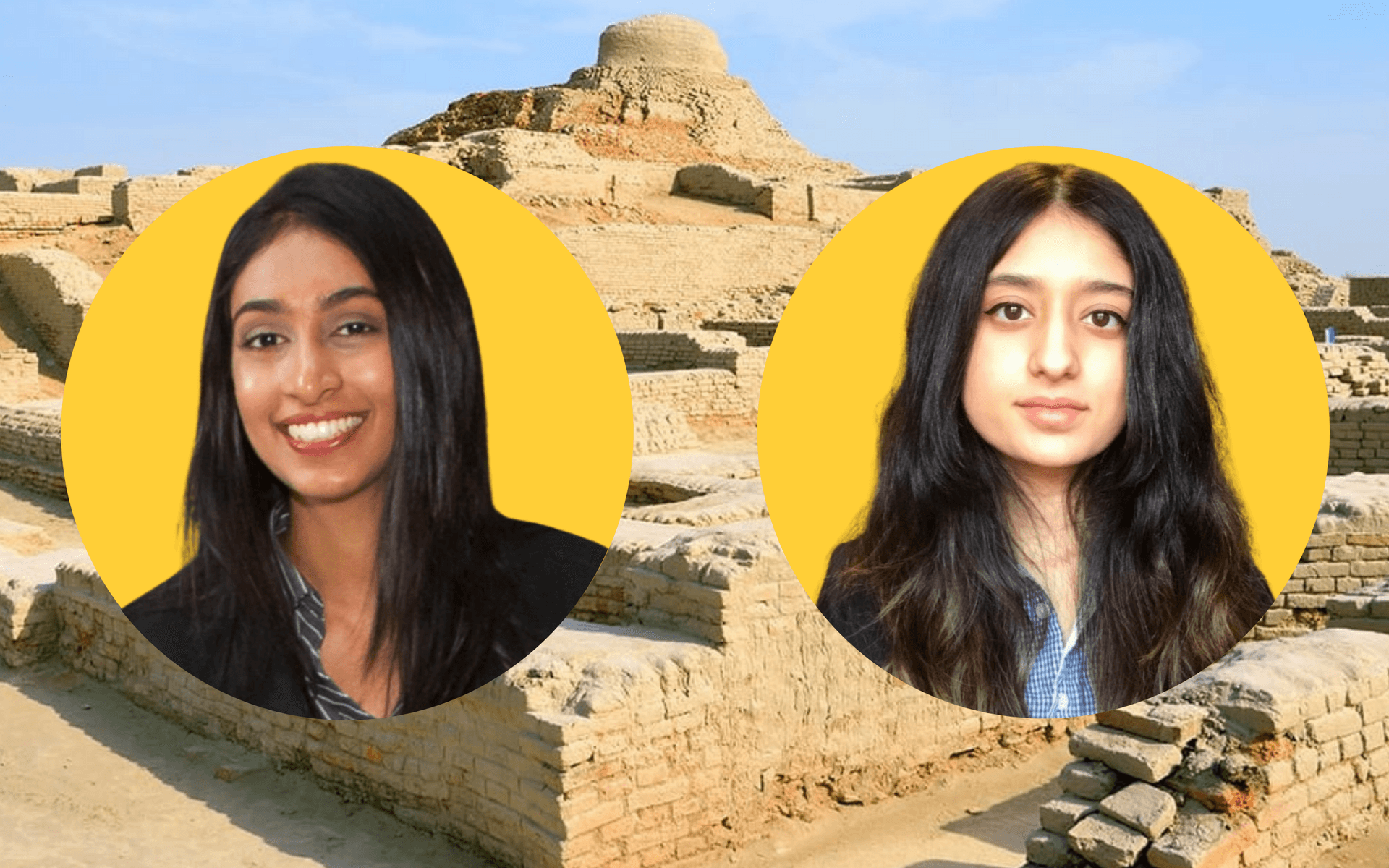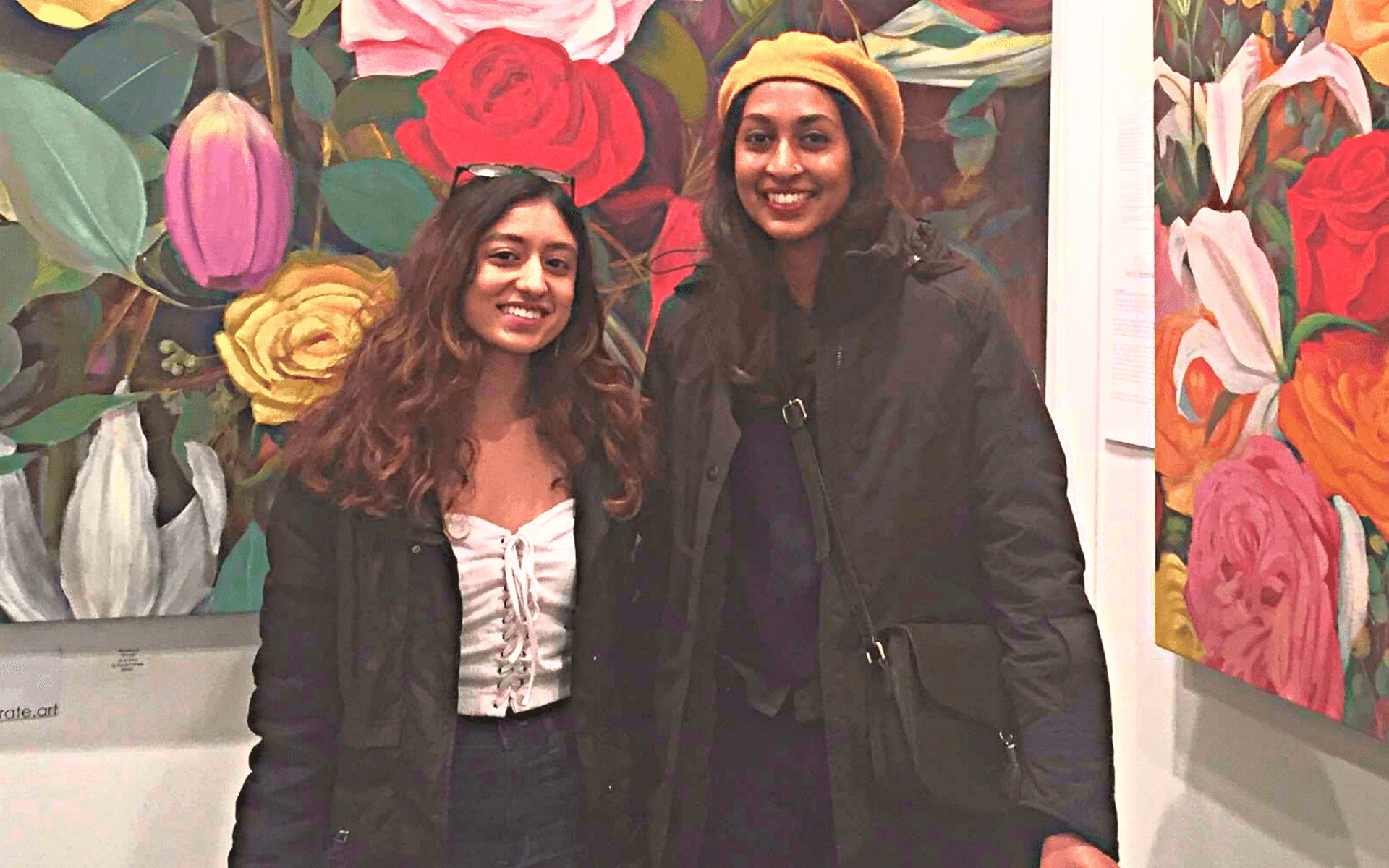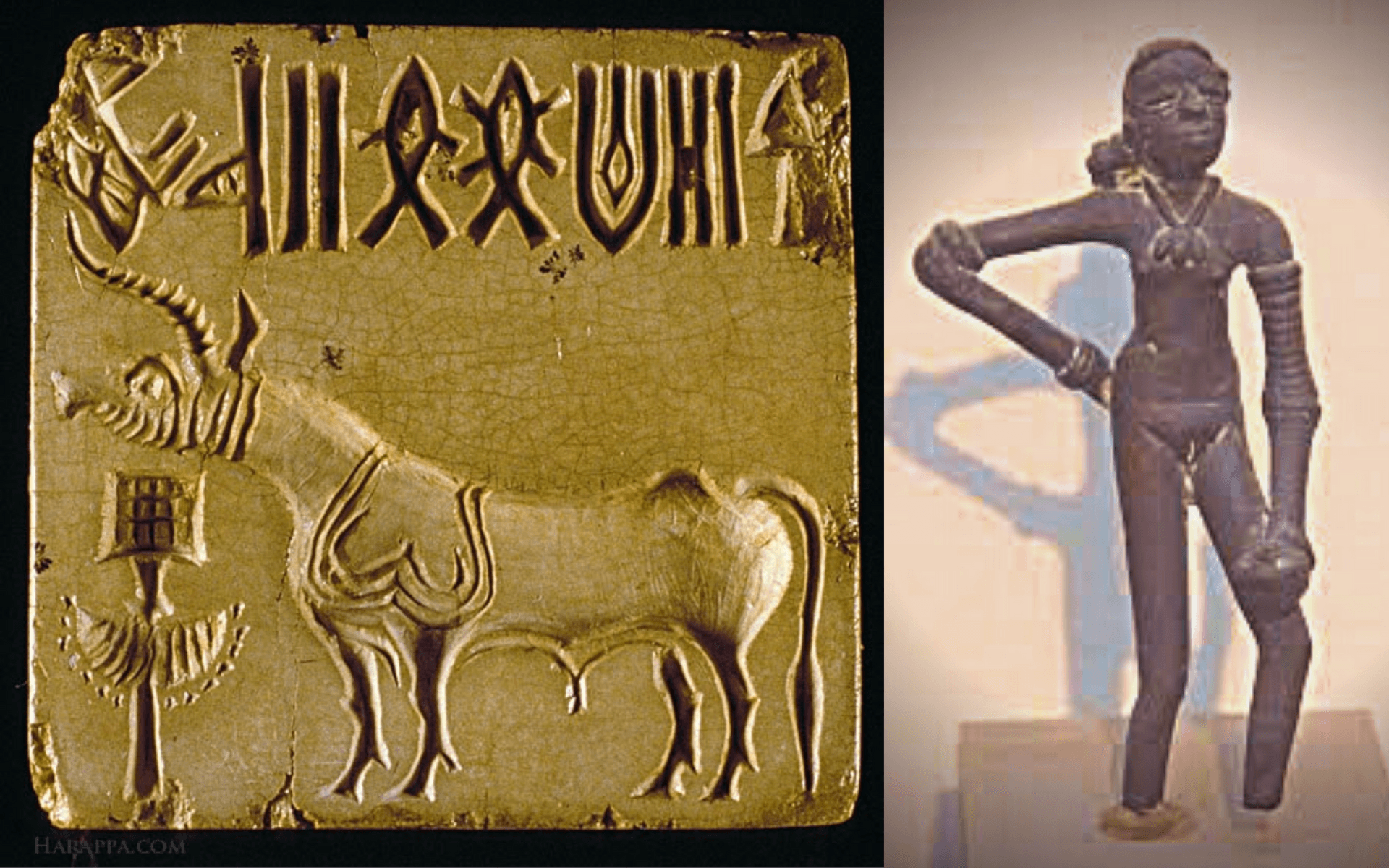Partner Spotlight
Next-Gen “Valley Girls”: How a Data Analytics Boot Camp Project Became Their Springboard to New Careers
Written by Bannon Puckett on Sep 3, 2021

“We need to make this interview amazing.”
“Scandalous, even, with our answers.”
Good friends Keerthana Jayakumar and Sonia Sharma are two young women who have a lot going for them: a delightful sense of humor—clear from their joking during their interview for this article—high expectations for themselves, and now brand-new jobs as data and analytics consultants for BDO Canada. They were also finalists in 2U’s 2021 Next Level Contest for their “Deciphering the Indus Valley Script” project, which uses statistical analysis, machine-learning (ML) algorithms, and more as a starting point for translating this ancient civilization’s language. Both achievements are the direct result of learning they applied from the online Data Analytics Boot Camp through University of Toronto’s School of Continuing Studies.
At the time of their studies, Keerthana and Sonia worked together at Honda of Canada Mfg., where they leveraged their engineering degrees to design and install manufacturing equipment. “I started thinking about a different career focus, one that would be constantly evolving,” Keerthana recalls. “Data seemed like the perfect choice, because my interests over time had become more aligned with software. I enrolled in the data analytics boot camp just to see where it would take me.”
“I also wanted to transition into software,” Sonia says. “Things like ML and AI (artificial intelligence) intrigued me.”

THE PEDAGOGY: A Scaffolded Approach, from Pivot Tables to Machine Learning
The boot camp’s part-time option, which Keerthana and Sonia took in the first half of 2021, enabled them to keep working full-time at Honda, join live classes and study in the evenings, and work on their joint final project together on weekends. Each week’s modules had them learning and working with a variety of analytics tools: programming languages like Python, pivot tables and macros, software libraries, visualization platforms, web development tools, and ML algorithms, to name a few.
“I knew a little bit of Python from undergrad, and then the boot camp started introducing more complex concepts,” Sonia says. “You have to stay on top of it all, but the work was definitely worth it. We learned so many new skills.”
“When it came to our final project, we wanted to do something impressive,” Keerthana explains. “One day, I was listening to a podcast that mentioned research breakthroughs around the ancient Indus Valley civilization, where parts of Afghanistan, Pakistan, and India are today. No one had figured out the civilization’s root language until 2018, which had been a major roadblock to deciphering the script. The podcast suggested people should use ML or computational linguistics to try and solve it. I started reading textbooks and papers on the subject and was hooked. So Sonia and I got to work.”

THE PROJECT: Leveraging Technology of the Future to Decipher the Past
For their research, the dynamic duo went so far as to contact Dr. Andreas Fuls, one of the leading Indus Valley experts. “He told us that the comparative and statistical analysis approach had not been done before,” Keerthana says. “So that was exciting. And we were using Python and storing our data as a PostgreSQL instance on an AWS cloud server, which were all tools we learned in the boot camp.”
“Having learned tips and tricks in the boot camp for all the different functions, like using SVM (support vector machine) ML algorithms, designing the project website using CSS, and creating visualizations in Tableau, helped a lot,” Sonia adds.
“Our program essentially compares a modern language to the Indus Valley script computationally,” Keerthana explains. “The modern language we used evolved from proto Dravidian, which was identified as the script’s most likely root language. We converted the modern script to its ancient form—logosyllabic, just like the Indus script—and performed a statistical analysis on it. The formulas we used were slight modifications of the ones used by Dr. Fuls on the Indus script itself. This enabled us to compare the results of the statistical analysis on our converted script with the analysis on the Indus script. The goal was to identify the grammatical functions of each sign—for example, is this sign a syllable or logogram, a noun or a verb, etc.”

THE PRESENTATION: A Moment of Triumph, Times Three
As the boot camp wound down, Keerthana and Sonia prepared to present their deciphering project in three key forums: 1) to their instructor and cohort for final assessment, 2) for 2U’s online Next Level Contest, where students around the country pitch “next-level” ideas to judges from the tech industry, and 3) for one of 2U’s online Demo Days, where students showcase their work to industry partners. The results? They passed with flying colors, were one of three contest finalists, and duly impressed a recruiter from BDO Canada.
“They asked us to interview with them, and that’s how we’re both working as BDO data and analytics consultants now,” Sonia says. “I didn’t go into the boot camp expecting all this. My goal was just to learn more software skills. But meeting all of these like-minded professionals really turned things around for us. Everything happened so fast!”
“We actually got the BDO job offers the morning of the contest, but we were afraid to tell anyone in case it jinxed anything,” Keerthana laughs. “We didn’t win the contest, but we opened up so many incredible new doors.”
Maureen MacDonald, dean of the University of Toronto’s School of Continuing Studies (SCS), congratulated the duo for their project’s success in the Next Level Contest and beyond: “Their achievement speaks not only to the talents of these learners, but of the pragmatic knowledge and skills that our boot camps are able to deliver. We are so pleased that, through our partnership with 2U, SCS is able to bring to market intensive tech training programs that are calibrated to the needs of employers and focused on addressing real-world problems. Keerthana and Sonia’s success reflects these tangible outcomes.”
THE PROSPECTS: There’s So Much More to Come
When they started their Indus Valley project, Keerthana and Sonia only hoped to make a small contribution to the literature. “A lot of the research has been building on each other, so we wanted to add to that,” Keerthana explains. “But Dr. Fuls has been inviting us to participate on panels with leading researchers and archeologists in the field. Our deciphering work is just scratching the surface, but it seems to be leading us to some really cool next steps.”
“I learned that taking advantage of the boot camp’s networking opportunities is just as important as building your skills and doing your project,” Sonia says. “There were lots of career services people advising us on everything from cover letters to our portfolios, helping us put our best selves out there so employers would notice us. And clearly, they did.”
~~~
Interested in more stories of student success? Read about another finalist from this year’s Next Level Contest—involving chocolate!
Latest.
Learn more about us.
At 2U, we’re on a mission—to eliminate the back row in higher education and help universities thrive in the digital age. To learn more about who we are and what we do, follow the links below.